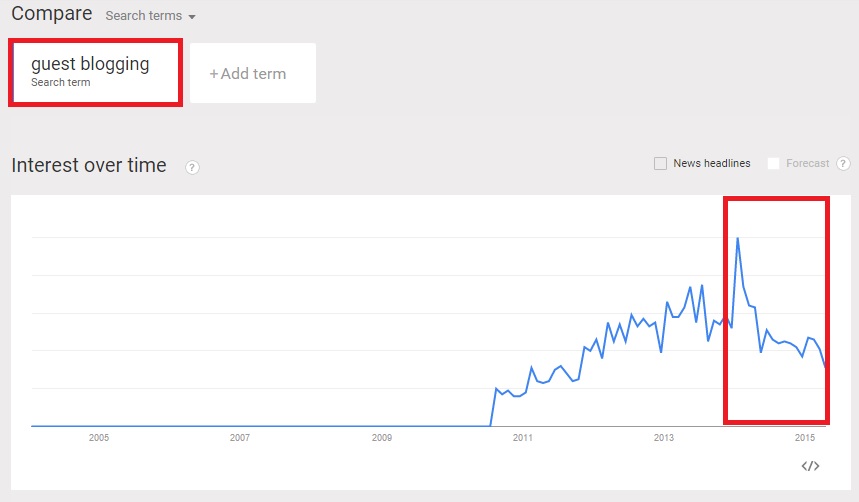How to Start an Email Newsletter for Your Blog
Bloggers who have established themselves and are looking to create more engagement with a loyal fanbase should consider creating an email newsletter. An email newsletter for your blog is an effective email marketing campaign that keeps traffic coming back, as well as encourages them to engage with your blog. Bloggers who have used email newsletters find a huge increase in subscribers, which translates directly into more views per post and more revenue for you.
How do you start an email newsletter?
Unfortunately, any email campaign is going to cost you some money. You cannot send out hundreds of emails from your personal address for a marketing campaign – your visitors’ email services will penalize you as spam, making the whole process ineffective.
The first step is to sign up for an email marketing service or software, such as AWeber or MailChimp. Once you’ve done that, you can create and organize email lists. The next step will be drafting your email newsletters.
What goes into an email newsletter?
Your RSS feed already provides subscribers with notifications of new blog posts and allows them to read the newest post. Your newsletter needs to be more than the RSS feed. Business blogs might pick a theme relevant to their customers and include links based on that theme. Personal bloggers could include links to social media conversations and some of the items that were discussed. Food bloggers sometimes send out exclusive recipes that aren’t posted anywhere else. Overall, your newsletter needs to be informative, interesting, and valuable to the reader.
Some bloggers use premade templates to help format their newsletters. This can aid you in organizing the content that goes into your newsletter, as well as directing where logos, social media buttons, and other pieces of branding should fit in.
How do I get visitors to subscribe to my email newsletter?
Create a visible spot on your website for readers to sign up for an email newsletter. Use calls-to-action and promotional deals to encourage subscriptions. You should also include a few of these items in the subscription process:
- Your privacy policy and disclaimers
- A webpage thanking the subscriber after they submit their email address
- An opt-in email sent immediately after the subscription to confirm that there is a human behind that email address (this is especially important if you are offering something in return for a subscription, such as a free ebook or collection of stock photos)
- A welcome email before sending regular newsletters
How do I avoid becoming too spammy?
The best way to avoid becoming spam is by always providing authentic, valuable content to your readers. As soon as your objective becomes only to get subscribers and earn revenue, your newsletter will lack authenticity and turn off the reader.
However, even with good intentions, you can get off track with your newsletter. Balance your content with items that pertain to your blog as well as pieces that are from other sources. If you must include advertisements in your newsletter, limit it to one and make it unobtrusive. Be aware of how often you are sending out your newsletter – once a week or once every two weeks is a good amount.
Have you created a newsletter for your blog? What advice do you have?

